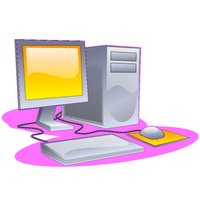 Communication between primary care physicians (PCPs) and specialists regarding referrals and consultations is often inadequate, with negative consequences for patients.
Communication between primary care physicians (PCPs) and specialists regarding referrals and consultations is often inadequate, with negative consequences for patients.A study found that perceptions of communication regarding referrals and consultations differed.
For example, 69% of PCPs reported "always" or "most of the time" sending notification of a patient's history and reason for consultation to specialists, but only 34.8% of specialists said they "always" or "most of the time" received such notification.
Similarly, 80.6% of specialists said they "always" or "most of the time" send consultation results to the referring PCP, but only 62% of PCPs said they received such information.
The 3 practice characteristics associated with PCPs and specialists reporting good communication regarding referrals and consultations were:
- "adequate" visit time with patients
- receipt of quality reports regarding patients with chronic conditions
- nurse support for monitoring patients with chronic conditions
Twitter comments:
@westr: Case for EHRs...
@Kind4Kids: but then the inpatient and outpatient EHR need to "communicate".
@GruntDoc: 0% of ED docs... -- Only 62% of referring PCPs received consultation results from specialists
References:
Referral and Consultation Communication Between Primary Care and Specialist Physicians. Arch Intern Med. 2011;171(1):56-65. doi:10.1001/archinternmed.2010.480





